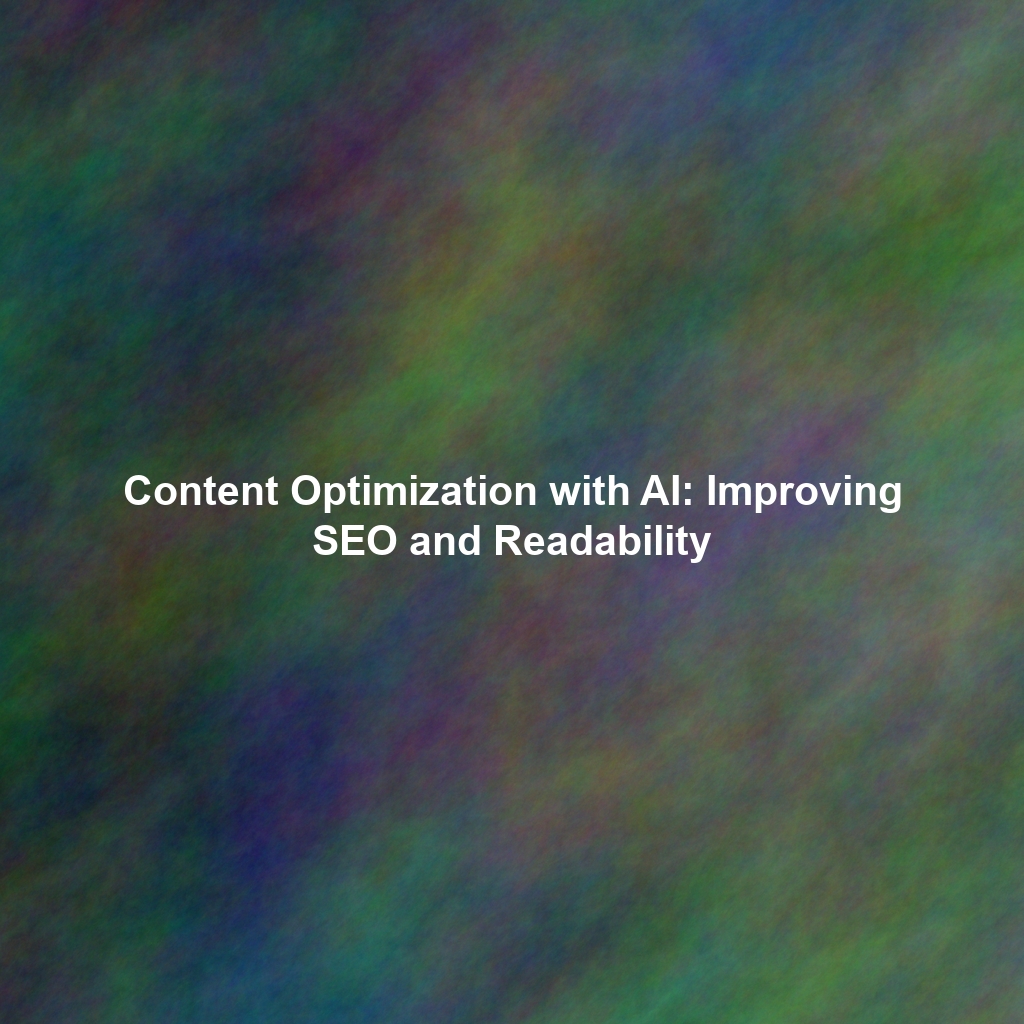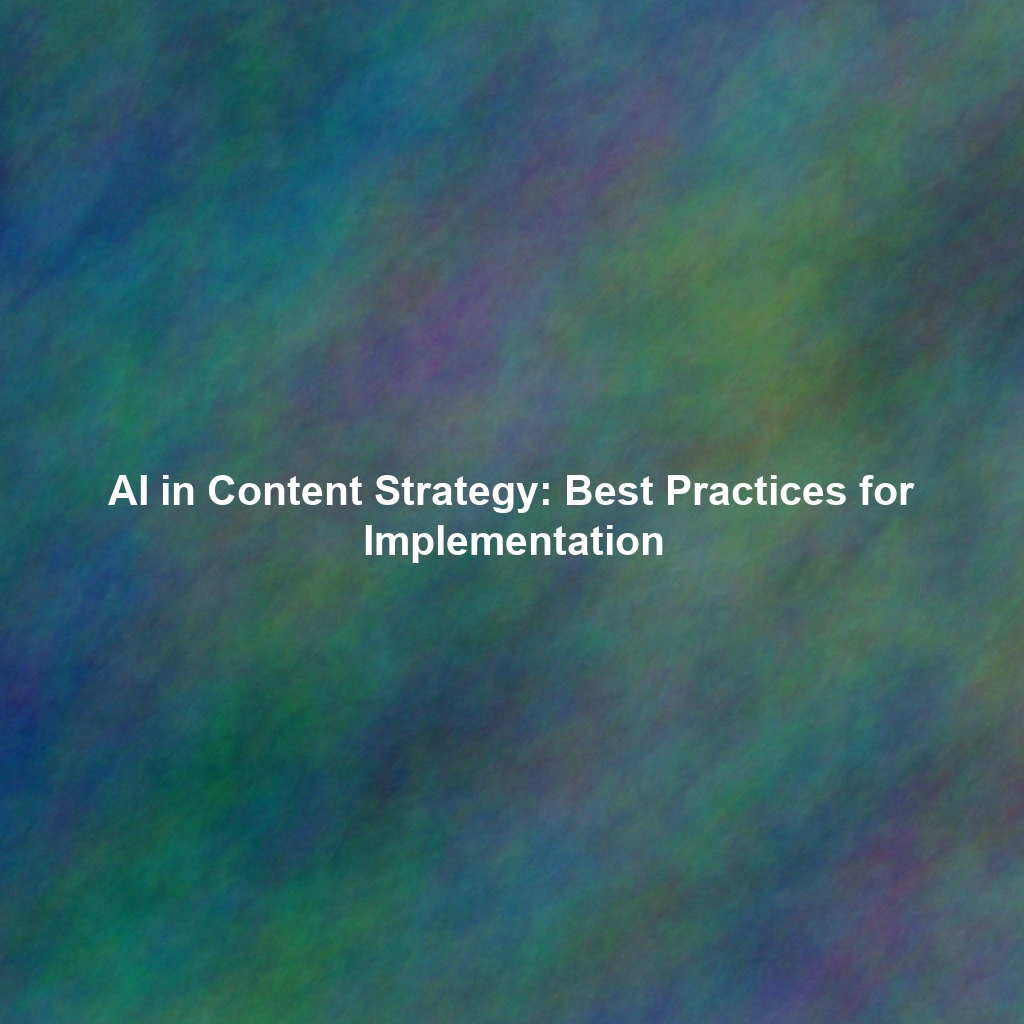We all know listicles. They’re those easily digestible blog posts structured around a numbered list. They’re often criticized as being low-effort, but when done right – when imbued with real value and data – listicles can be traffic-driving powerhouses. This article explores how to transform basic listicles into compelling, data-driven “Best Of” posts, and crucially, how to automate much of the research and presentation process.
Why Data-Driven ‘Best Of’ Posts Outperform Traditional Listicles
Traditional listicles often rely on subjective opinions or readily available information. While these can be engaging, they lack the authority and trustworthiness that data provides. Data-driven “Best Of” posts, on the other hand, offer:
- Enhanced Credibility: Backed by verifiable data, your claims are more believable and trustworthy.
- Increased Shareability: People are more likely to share content supported by evidence.
- Improved SEO: Search engines favor content that demonstrates expertise, authority, and trustworthiness (E-A-T), and data contributes significantly to this.
- Higher Conversion Rates: Providing data-backed reasons why something is “best” can influence purchasing decisions.
- Backlink Opportunities: Original research and unique data visualizations are highly valuable to other websites and journalists, increasing your chances of earning backlinks.
The Process: From Data Gathering to Polished Post
Creating a data-driven “Best Of” post involves several key steps:
- Topic Selection and Keyword Research: Identify a topic with enough data available and relevant keywords with sufficient search volume and low competition. Use tools like Google Keyword Planner, Ahrefs, or SEMrush.
- Data Gathering: This is where automation shines. You’ll need to identify relevant data sources (APIs, databases, web pages) and use tools to extract the information.
- Data Analysis: Analyze the collected data to identify trends, patterns, and insights that support your “Best Of” claims.
- Content Creation: Craft compelling and engaging content around your data, making it easily understandable for your audience.
- Data Visualization: Present your data in visually appealing and informative ways (charts, graphs, infographics).
- Optimization and Promotion: Optimize your post for search engines and promote it across relevant channels.
Automating the Data Gathering and Analysis: Tools and Techniques
The real magic happens when you automate the tedious tasks of data gathering and analysis. Here are some tools and techniques to consider:
Web Scraping
Web scraping involves extracting data from websites. Be mindful of robots.txt and terms of service. Tools like:
- Beautiful Soup (Python): A powerful Python library for parsing HTML and XML.
- Scrapy (Python): A complete web scraping framework.
- Octoparse: A visual web scraping tool that requires no coding.
These tools can be configured to automatically extract data from specific websites on a regular basis.
API Integration
Many websites and services offer APIs (Application Programming Interfaces) that allow you to access their data programmatically. This is often the cleanest and most reliable way to retrieve data. Common APIs include:
- Google Analytics API: For website traffic data.
- Twitter API: For social media trends.
- OpenWeatherMap API: For weather data.
Programming languages like Python, JavaScript, and PHP can be used to interact with APIs.
Data Analysis Tools
Once you’ve gathered your data, you’ll need to analyze it. Tools that can help include:
- Google Sheets/Excel: Basic data analysis and visualization.
- Python with Pandas and NumPy: Powerful libraries for data manipulation and analysis.
- R: A programming language specifically designed for statistical computing and graphics.
- Tableau/Power BI: Data visualization and business intelligence tools.
Consider automating your analysis with scripts that regularly process new data and update your findings.
Data Visualization Tools
Presenting your data effectively is crucial. Consider these options:
- Chart.js/D3.js: JavaScript libraries for creating interactive charts and graphs.
- Canva/Piktochart: Easy-to-use tools for creating infographics.
- Datawrapper: A tool specifically designed for creating charts and maps.
Example: “The Best Project Management Software of 2024 (Data-Driven)”
Imagine you want to create a “Best Of” post about project management software. Instead of simply listing your favorite tools, you could:
- Gather Data: Scrape user reviews from websites like G2, Capterra, and TrustRadius. Use API integrations to collect data on features, pricing, and integrations.
- Analyze Data: Analyze the sentiment of reviews, identify the most frequently mentioned features, and compare pricing plans.
- Create Content: Write a post that highlights the top-rated project management software based on user reviews and feature comparisons.
- Visualize Data: Create charts showing the average rating, pricing tiers, and most common features for each software.
This data-driven approach will make your post more credible and valuable to readers actively searching for project management solutions.
Ethical Considerations
It’s crucial to use data ethically and responsibly. Always:
- Respect Terms of Service: Adhere to the terms of service of any website or API you’re using.
- Provide Attribution: Clearly cite your data sources.
- Avoid Misleading Interpretations: Present your data accurately and avoid drawing unsupported conclusions.
- Protect User Privacy: Be mindful of privacy regulations when collecting and using personal data.
Conclusion
Transforming listicles into data-driven “Best Of” posts requires more effort, but the rewards are significant. By automating the data gathering, analysis, and presentation process, you can create compelling and shareable content that drives traffic, earns backlinks, and establishes your authority in your niche. Embrace the power of data and elevate your listicles to the next level.
 Skip to content
Skip to content

